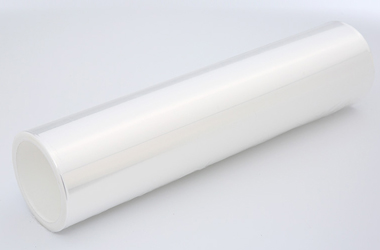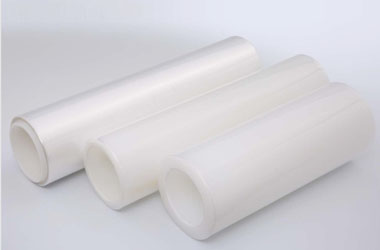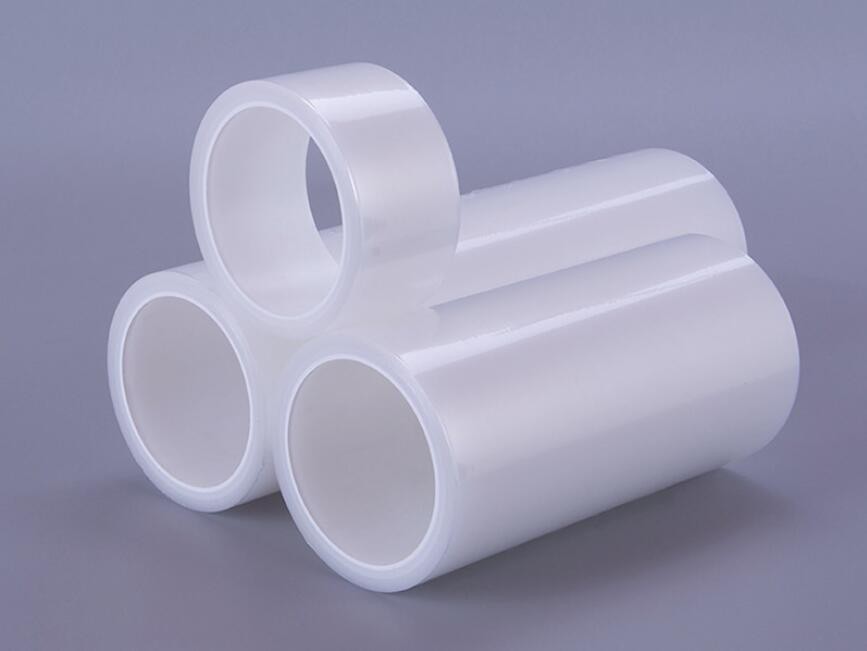Questions To Ask Before Choosing the Right Surface Protection Film
- 4 mar, 2023
- 3855 visitas
The name surface protection film says it all - it is designed to protect critical surfaces from scratches, damage, scuffs, UV exposure, or dirt and contamination. Popular and successful because of its strength and durability, the protective film is actually a type of tape. It is made from layers of film bonded together to form a barrier that protects everything from the glass of a building to anything else that needs protection under construction. It is, for example, the shrink-wrapped plastic that is applied to new refrigerators and is used as a roll of material to cover and protect the surfaces of manufactured parts, particularly in the automotive industry. It is widely used by manufacturers of metal and plastic sheets. They are also scratch resistant and help to reduce the penetration of sunlight and UV rays.

Protective Film for Deep Drawing
10 questions to ask before choosing the right surface protection film
To ensure you get the right protective film for your application, make sure and ask these questions.
Will the film be applied to a rough or smooth surface? Rougher surfaces have a larger surface area and require a thicker adhesive.
Is the surface area clean and dry? Dirty application conditions may produce unacceptable results. Embedded material and unwanted debris can adversely affect the performance of the protective film.
Will the surface be painted or coated? There may be chemical reactions between the adhesive and the coating, especially the longer they are in contact with each other.
What types of surfaces need protection? Whether wood, stone, metal, glass, plastic or ceramic; these surfaces require completely different adhesives to function successfully.

Protective Film
Will the film be exposed to high temperatures? Most rubber-based adhesives cannot withstand temperatures above 150°F. Acrylic adhesives are effective at temperatures up to 350°F, while silicone adhesives are effective at temperatures up to 500°F.
Will this film be used outdoors? If so, how long will it take? Over time, the sun's UV rays will damage the adhesive. Not only will the protective film turn yellow, but it will also become hard and brittle, thus failing. The length of time the film is exposed to the elements will determine how much UV protection it needs.
What is the scope of the project? Do you need to protect windows with PVC film or do you need to provide a moisture and humidity barrier on a flat surface where LDPE (low density polyethylene) film is the answer?
Will the film be used for safety or security applications? In any project, safety comes first. Is the purpose of the film to protect workers from broken glass or to deter intruders?

Protective Film for Aluminium Profiles and Plates
How long will the film take to adhere to the surface? If this is a long-term job, some additional components may need to be added to ensure that the surface adheres to the film for the length of time you need it to remain strong.
Will storage and transport affect the film? Your crew may be better able to withstand extreme weather than your material! Consider transporting them to the job site and subsequent storage of the material to avoid compromising effectiveness. Store films and tapes in a cool, dry place.
Once applied to a clean, dry surface, the protective film will effectively prevent 'damage' to that surface. Although very versatile, use the wrong protective film for the job and you will jeopardise your timeline and always the dreaded budget overrun.
- Categoría:
- Negocio
- Sin comentarios



